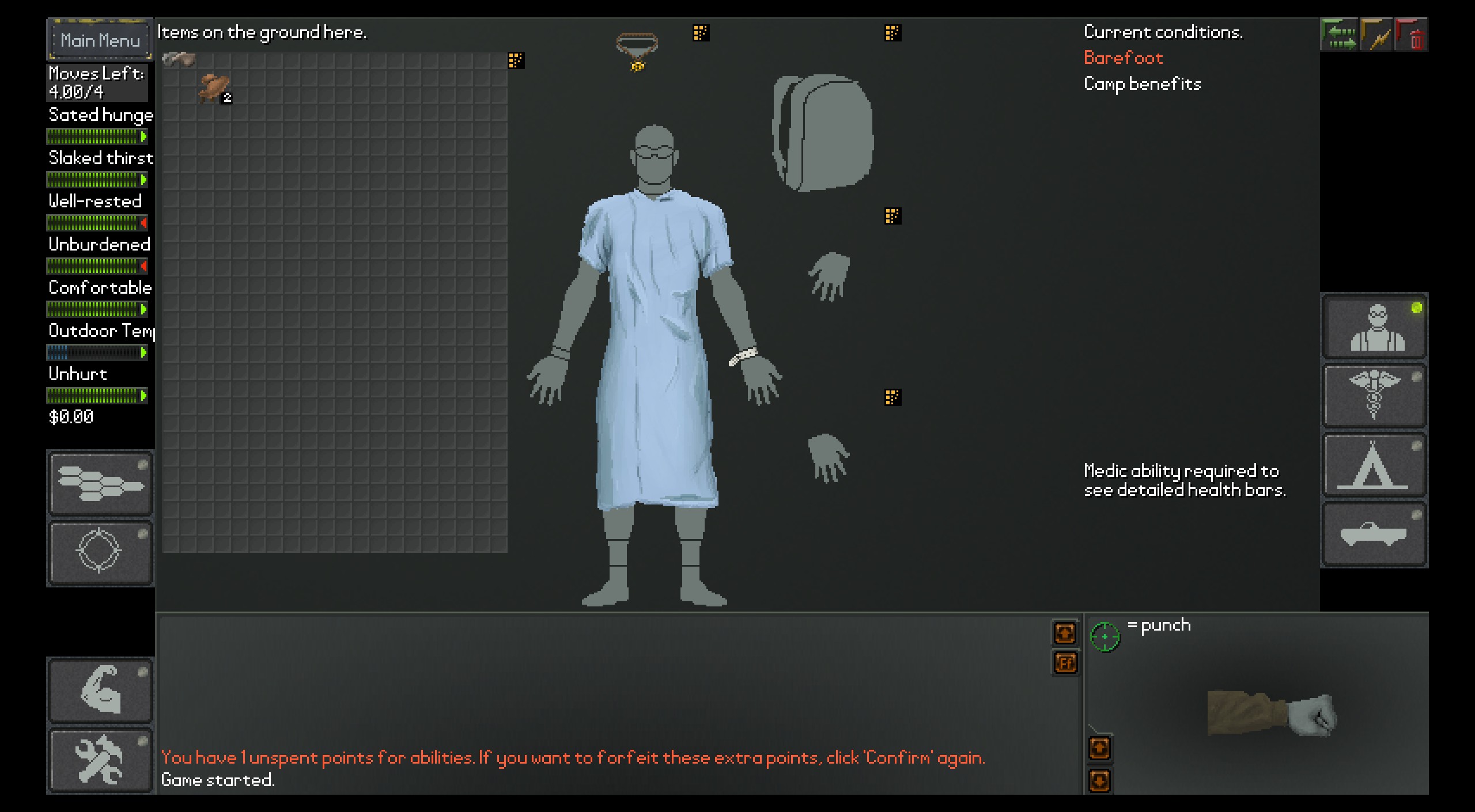Crytek says the most important difference between Far Cry and Crysis had nothing to do with technology: ‘In Crysis, we mimicked nature as closely as possible’

Sorry (not sorry) for rolling out this withered, ancient chestnut, but it truly is mind-blowing how good Crysis still looks today. What’s even more amazing is just how advanced it looked compared to Crytek’s previous game Far Cry, even though the two only released three years apart.
I always figured the difference was due to technological advancements, and certainly, Crytek devised some wild new technical features to make Crysis look as good as it did. From subsurface scattering to make leaves look translucent, to skin-shaders specifically designed to make characters blush if required, there’s some amazingly specific tech running beneath Crytek’s nanosuit-powered shooter.
But in the first of a series of videos celebrating Crytek’s 25th anniversary, the studio says the most vital difference between Far Cry and Crysis had nothing to do with raw technical oomph.
“The biggest difference between Far Cry—and Far Cry was a good-looking game, don’t get me wrong. It was, technologically, absolutely amazing—in Far Cry, the art department created a natural environment as they imagined it. They built the jungle out of their head, so to say,” explains Crysis’ art director Marcel Schaika. “In Crysis, we mimicked nature as closely as possible. I think that made a massive difference.”

Watch On
One of the crucial moments in Crysis’ development saw the team travel to Haiti, with the plan to gather as much reference data as they could of its island rainforest. “If you want to build a real place, the best you can do is go to this place and capture impressions, bring them with you,” says Tom Deerberg, senior 3D artist on Crysis.
Shaika says it was this change in approach to environment design which made Crysis’ tropical paradise so much more convincing that the one seen in Far Cry. “Even though in some areas, the technology wasn’t so different, the way we built the environment, the way we used the technology, like really specifically trying to mimic how nature behaves—[what] leaves look like when the sun shines through them, how the ocean looks, how the water refracts and so on—the artists working together with the engineers to really try to create the virtual environment that looks just like the references that we have got. That mindset made Crysis stand out so much in comparison.”
It is worth noting that both Schaika and Deerberg are artists, and so are more likely to view Crysis’ triumphs from an art perspective. But it also makes a lot of sense. Most modern games deploy a technique called physically-based rendering—building models and materials using photographs and 3D scans of actual objects—to create worlds that look realistic.
This is more or less what Crytek was doing back in 2007, and it explains why its environments still look so darned authentic almost 20 years on from release. I dearly wish Crytek would make another one, but sadly Crysis 4 is currently “on hold” after the studio laid off 15% of its workforce back in February.




